10 Examples of Chatbots to use to boost your Business
By offering customers another way to interact with brands, chatbots complement social networks and apps.
Active 24/7, and able to be programmed to interact in any language, chatbots are a profound change in the way customers get information and communicate with companies, their products and services.
If they are being hailed as the next big revolution in the way consumers engage with brands online, it’s no accident. Since 2016, interest in chatbots has skyrocketed:
As such, Gartner predicts that only one-third of customer service interactions will require human intervention by 2017. The rest will be managed by automated software like chatbots. Rather than contacting a customer service representative to answer a question, consumers could then speak to a chatbot and get an answer almost immediately.
What is a chatbot?
Chatbots are digital interfaces where the main mode of interaction is a conversation. It can be a fully written exchange (e.g. in Facebook Messenger), voice-based (e.g. with Amazon’s Alexa) or a hybrid (e.g. Siri or Cortana where we use voice, but receive responses combining voice and text).
These conversational agents can also provide rich responses that combine text and media, or simplify the conversation by giving a set of options for choosing the response.
There are currently two main types of conversational agents:
- One uses artificial intelligence: although AI has huge potential and is improving every day, it still lacks accuracy and consistency when it comes to brands.
- The other is based on a multiple choice script: more secure, they allow you to control what is said by the chatbot. From the user’s perspective, a script-based bot is a personalized and engaging way to interact with a brand, while assuring the company that it will never take the liberty of saying something inappropriate.
Both aim to create more personalized content experiences for users, whether they’re watching a video, reading articles, or purchasing a product.
On this subject, you can also read our article :
How does artificial intelligence benefit e-commerce?
Why a chatbot for your company?
If you own a business, you can’t afford to ignore chatbots as they become an increasingly effective marketing tool.
Indeed, chatbots allow millions of people to interact with your brand without a human on the other side. Two of the biggest bot platforms are Facebook Messenger, which now has 900 million monthly active users, and KIK, which has surpassed 200 million. So your own chatbot could potentially reach over a billion users!
Unsurprisingly, more and more companies are thus starting to use chatbots to engage with their customers and improve their brand communication.
Examples of chatbots and uses to improve your business
1 – A chatbot as a doctor
Obviously, a chatbot will never be able to fix a broken leg. However, it can provide medical advice, recommend treatments or direct a user to the nearest medical facility, based on access to a vast library of data.
Example:
The Your.MD chatbot provides medical advice based on the symptoms you describe so you can make better health decisions anytime, anywhere, for free and without necessarily going to a doctor.
2 – A chatbot as a financial / banking advisor
With their ability to automate transactions, reach more customers and provide a frictionless banking experience, chatbots can streamline and optimize many banks’ digital services.
Examples:
By partnering with the startup Jam, Société Générale has launched its own chatbot on Facebook Messenger. To receive advice and answers on financial matters, from budgeting to job hunting to housing, simply chat directly with this chatbot as if you were a financial advisor.
Mastercard’s chatbot can respond to customer queries and solve financial problems. For now, it is aimed at US users who can ask it questions about their bank account, review their purchase history, monitor their spending, learn about Mastercard cardholder benefits or receive contextualized offers.
3 – A chatbot to keep up with the news
A number of US media outlets already offer chatbots that allow users to select and view top news headlines, organize their reading according to their interests and ask questions. Such chatbots allow readers to get news and information in personalized and private messages via a messaging platform.
Example:
Using CNN’s chatbot, a reader can choose to only view articles on certain topics or let the bot advise them on content that may be of interest.
Back to France with Nice Matin, which in April 2017 launched the first chatbot of a regional daily press media. The conversation with this chatbot, named “Tibot“, starts on the Facebook page of Nice Matin. After asking them their location and interests, it is able to send readers news about the PACA region based on their answers. The robot has its own personality and uses emojis and GIFS, as well as sharing articles.
Tibot, on the other hand, seems to be on standby. We sent him a message, which has not been answered yet…
Another example of a media that experimented with a chatbot: Le Parisien. During the last presidential elections, the newspaper allowed its readers to chat with a chatbot via private messages on its Twitter accounts Le Parisien and Le Parisien Politique. To find out the candidates’ proposals on different subjects and themes, users simply asked a question and received an instant answer.
4 – A chatbot to book tickets
The events and travel industry could benefit enormously from using chatbots throughout the buying journey, from browsing to booking, to help consumers book flights or shows at the best prices.
Examples:
TickX is trying to tap into this lucrative area with its chatbot that informs users about different show tickets. For example, it tells the user which prices are available at the lowest cost.
In the same vein, SNCF was one of the first brands to launch its travel chatbot in April 2016. The SNCF Travel chatbot, based on artificial intelligence, is similar to a travel agent. The user simply engages in a conversation with him on Facebook Messenger, in French or English, and specifies his departure date and destination. The bot then proposes the different trains available and allows you to book your ticket.
5 – A chatbot as a tourist guide
Due to the competitive nature of the tourism industry, maximizing customer satisfaction and providing an optimal customer experience is of paramount importance. Conversational agents can remedy this.
Need a recommendation when exploring a new city? Looking for an idea for a cultural outing? Several travel-related chatbots have emerged in recent months, providing personalized advice for a tourist activity.
Examples:
the chatbot “Ask Mona” suggests ideas for cultural outings in the Paris region based on the user’s desires, age, location, interests and budget.
With its chatbot, British Airways asks users a series of questions about their ideal holiday, which they are invited to answer with emojis. Based on the responses, the bot ends up suggesting a destination with a link to the online sale. Customers outside the UK can also send a message to the brand to receive tips on where to visit in London.
6 – A chatbot as a personal stylist
Imagine a chatbot able to tell your customers what suits them according to their measurements, morphology and tastes. In fact, this type of conversational agent already exists!
Examples:
On the KIK messaging platform, H&M has a chatbot that learns about the user’s style. When customers interact with him, they are asked about the type of clothing they prefer. Once the bot has enough information, it then recommends customized outfits that are tailored to the customer’s tastes.
Wishibam preferred to integrate a chatbot directly on its website. The customer chooses from three stylist profiles, then engages in conversation. Different interactions are possible: ask for an opinion on an outfit by sending a photo, ask for help in finding a product or request a selection of products. Whatever the user’s request, the chatbot asks him to log in to continue the conversation.
The mail order company La Redoute has chosen a cat wearing a bow tie to embody its brand through a bot. Named Alphonse, it helps the customer to compose his ideal outfit and even gives him the possibility to win it.
7 – A chatbot to order food
Rather than filling out an online form or making a phone call, it is now possible to place an order simply by using a chatbot.
Example:
With its chatbot, Burger King makes it easy to order its famous Whopper and other burgers! Customers simply send a message to the Burger King Bot via Facebook Messenger, choose the menu they want, and then select the nearest location to pick it up. The bot even allows you to pay directly and gives an estimate of the preparation time of the order.
8 – A chatbot as a sales consultant
It’s possible to offer a digital experience similar to in-store advice from Facebook Messenger! Indeed, a chatbot will allow your customers to discover your products and get personalized recommendations. After a few questions, your client will no longer hold any secrets for you. All that remains is for your bot to offer the right products and advice.
Examples:
Through the chatbot “Beauty Bot“, Sephora helps its customers in need of inspiration to find a gift thanks to product suggestions selected according to the user’s answers.
Ebay’s “ShopBot” makes it easier for customers to find what they want by chatting or sharing an image. The chatbot then asks questions to better understand their intent and make personalized recommendations. Users can browse through the items offered by price or find the most popular ones. The robot also learns from their choices to adapt its suggestions. For example, a user requesting a handbag will be prompted to choose its color, price and style, and the robot will remember this for future searches.
On the luxury industry side, Dior has launched a new experience via Facebook Messenger, called “Dior Insider“. This chatbot answers consumers who ask questions about a product. The service delivers beauty tips and information based on several answers to questions when first logged in. In addition to personalized conversations, visitors can also access exclusive brand interviews, gifs, videos and social media posts featuring the latest trends.
9 – A chatbot as a marketing campaign or contest host
For a marketing action, the use of a chatbot offering interactive and personalized brand content can be very interesting and fun!
Examples:
Before the release of “Zootopia”, Disney created a chatbot based on Juddy Hopps, one of the characters in the film. This conversational agent was not functional, but promotional, creating a fun and entertaining experience. On average, users spent more than 10 minutes talking with this character.
Another example is the Christian Grey chatbot, launched on Facebook Messenger last February to promote the release of the movie “Fifty Shades Darker”. To use it, the user simply initiates the conversation and the bot responds instantly, giving the impression of actually chatting with the (particularly naughty!) Christian Grey character.
In a completely different vein, Air France KLM’s chatbot, named “Mr Miles”, was recently active in a competition for the Flying Blue loyalty program. Equipped with voice, visual and text recognition, Mr.Miles challenged users in a Facebook Messenger conversation for 10 days last October. It could be a question of pronouncing a word correctly in a foreign language, knowing the different time zones or tests of geographical knowledge. The best players saw their chances increase to win a Flying Blue patinium card valid for one year and credited with 250 Miles.
10 – A chatbot to choose a movie
Between original series, stand up shows, movies and documentaries, deciding what to watch on Netflix or other video-on-demand platforms is not always an easy task. A chatbot can then intervene to help users decide.
Example:
Launched on May 10, 2017, the chatbot “And Chill” offers movie suggestions based on criteria given by the user in a Facebook Messenger conversation.
Clearly, the potential of chatbots is immense, and there is no shortage of examples and use cases. No doubt these conversational agents will become more and more prominent in 2018, and in the years to come!

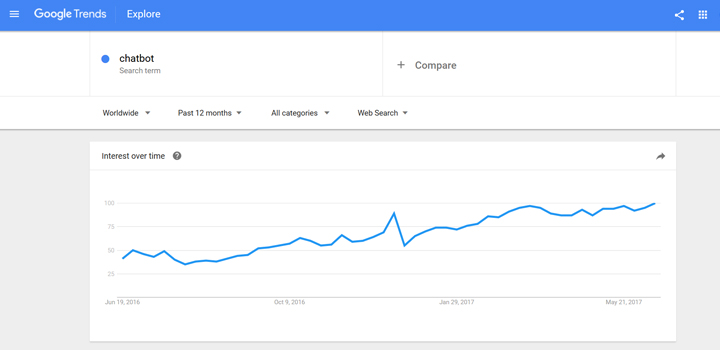
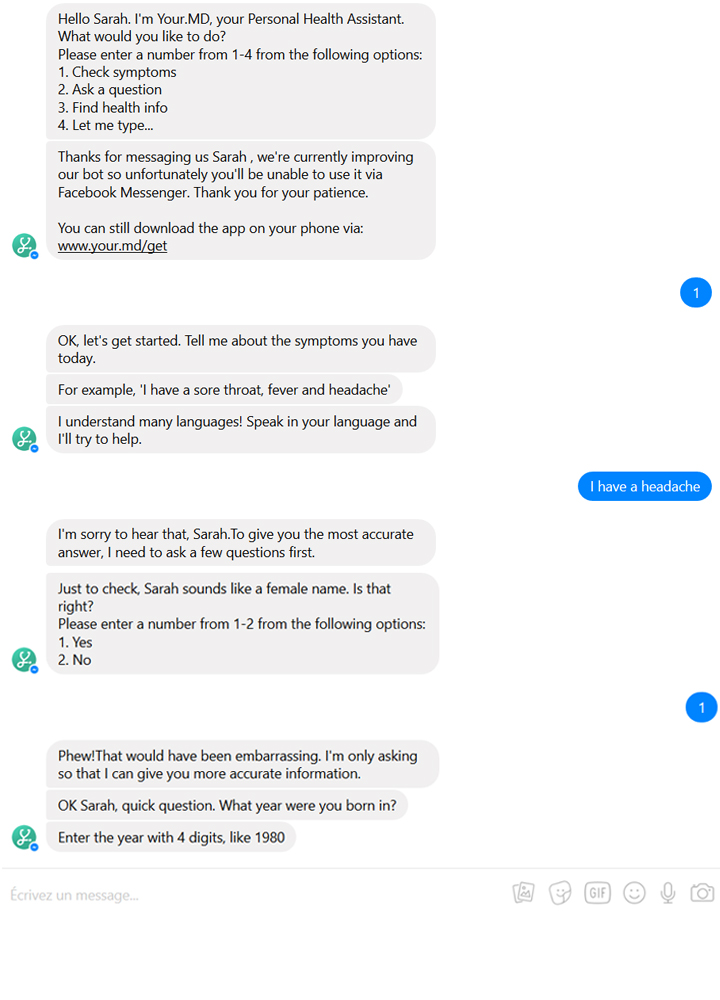
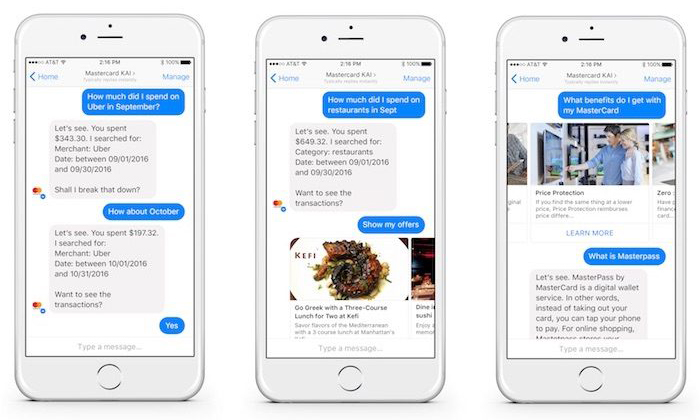
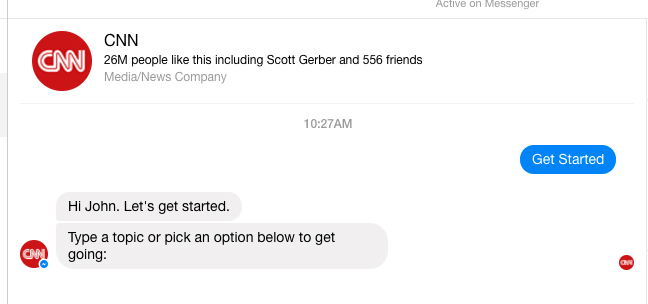

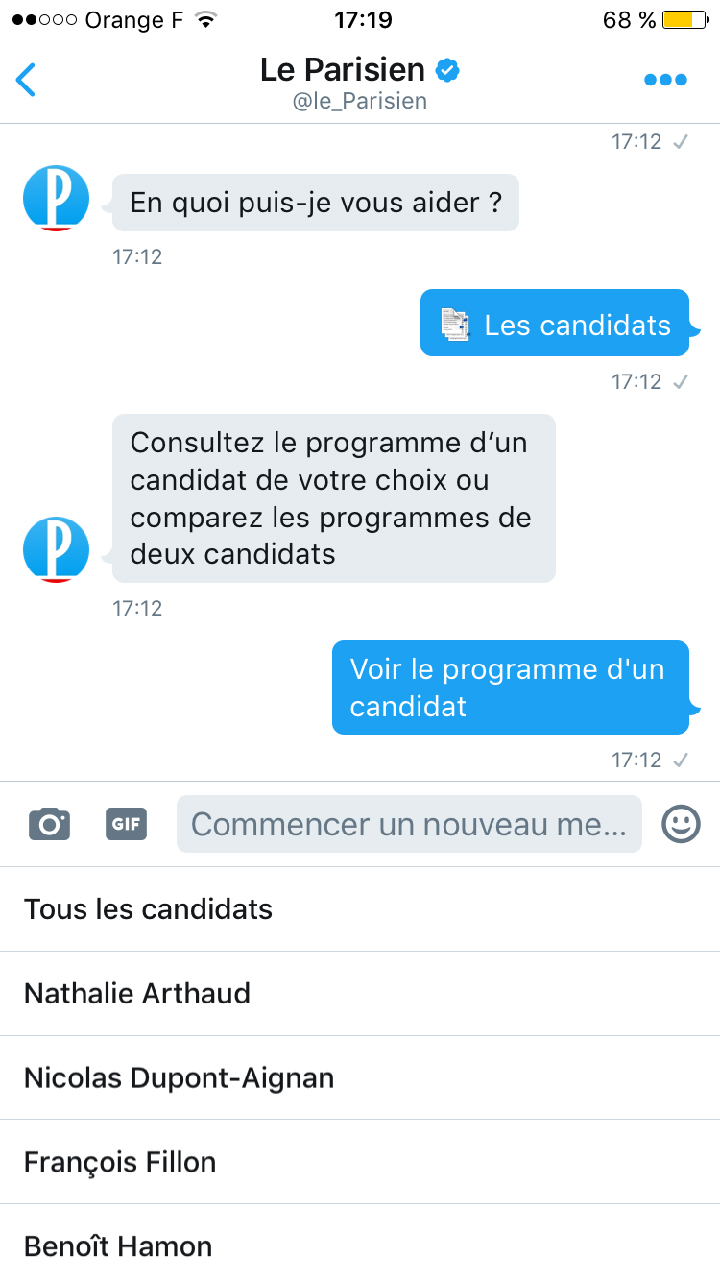
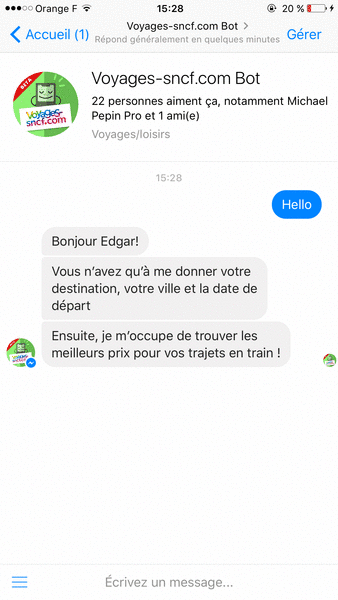
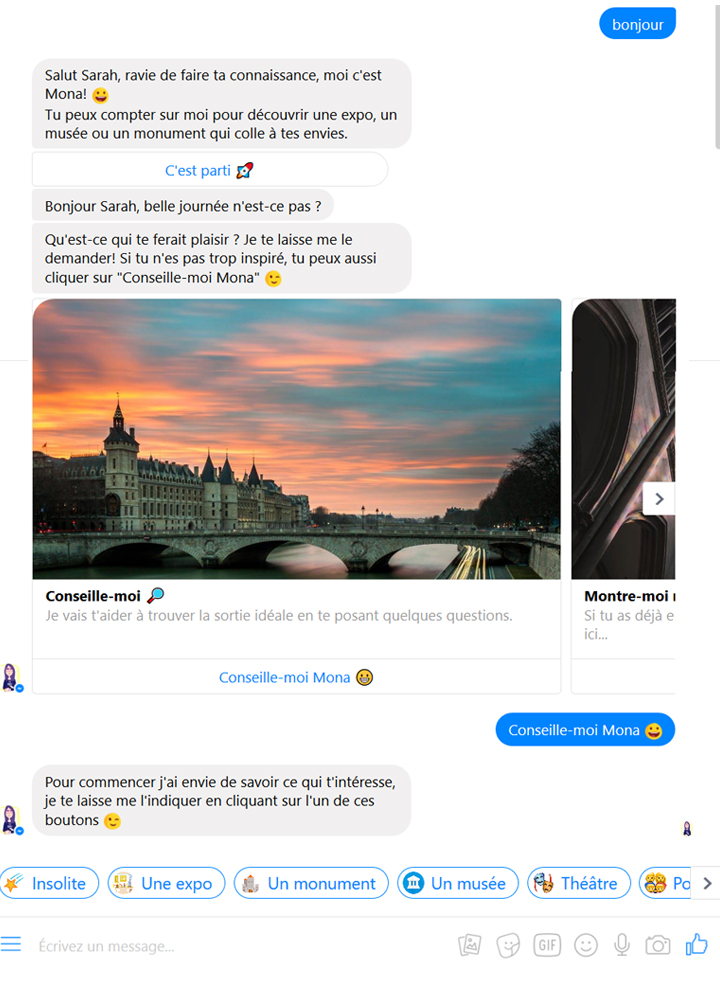
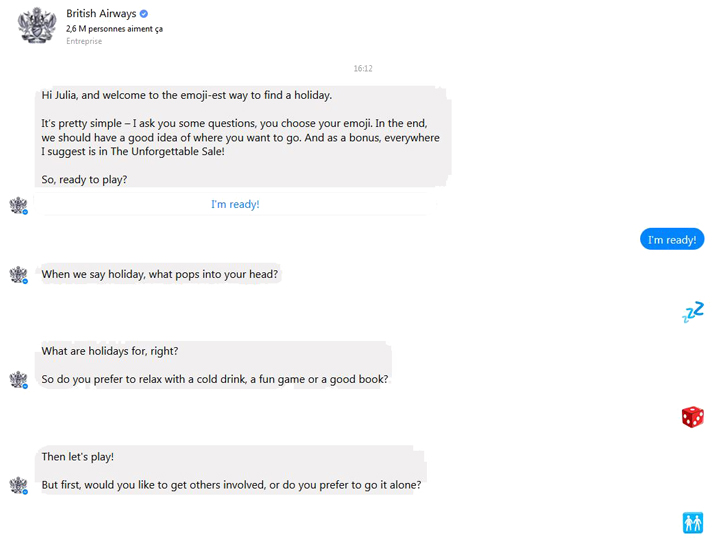
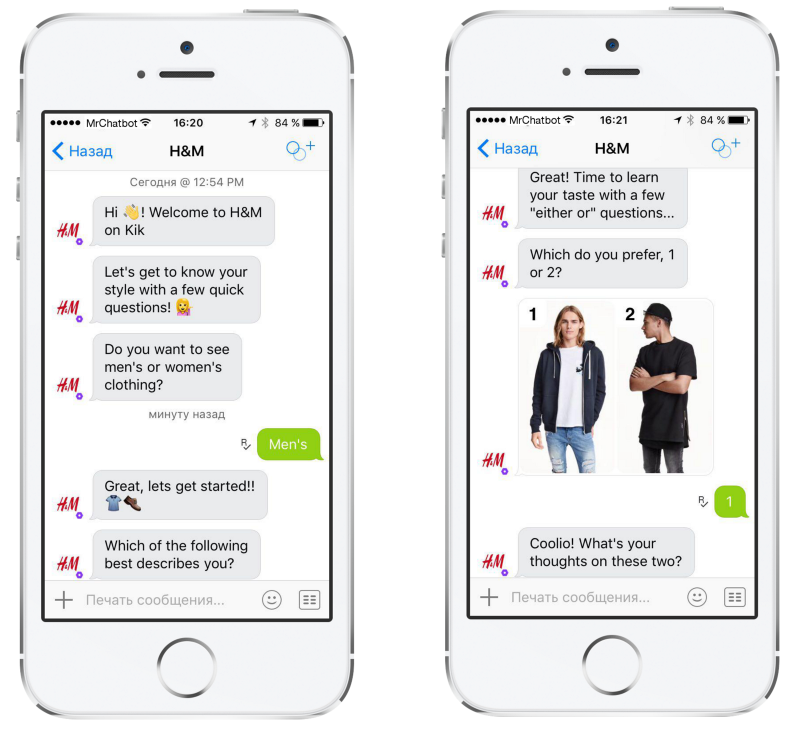
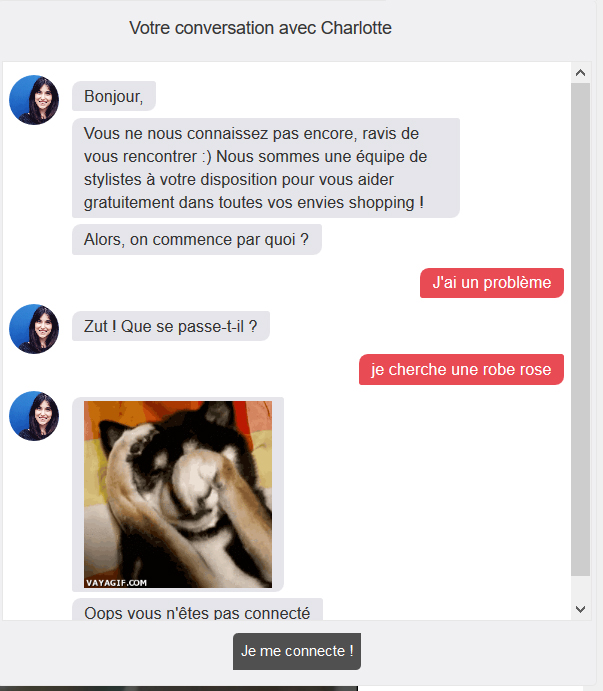

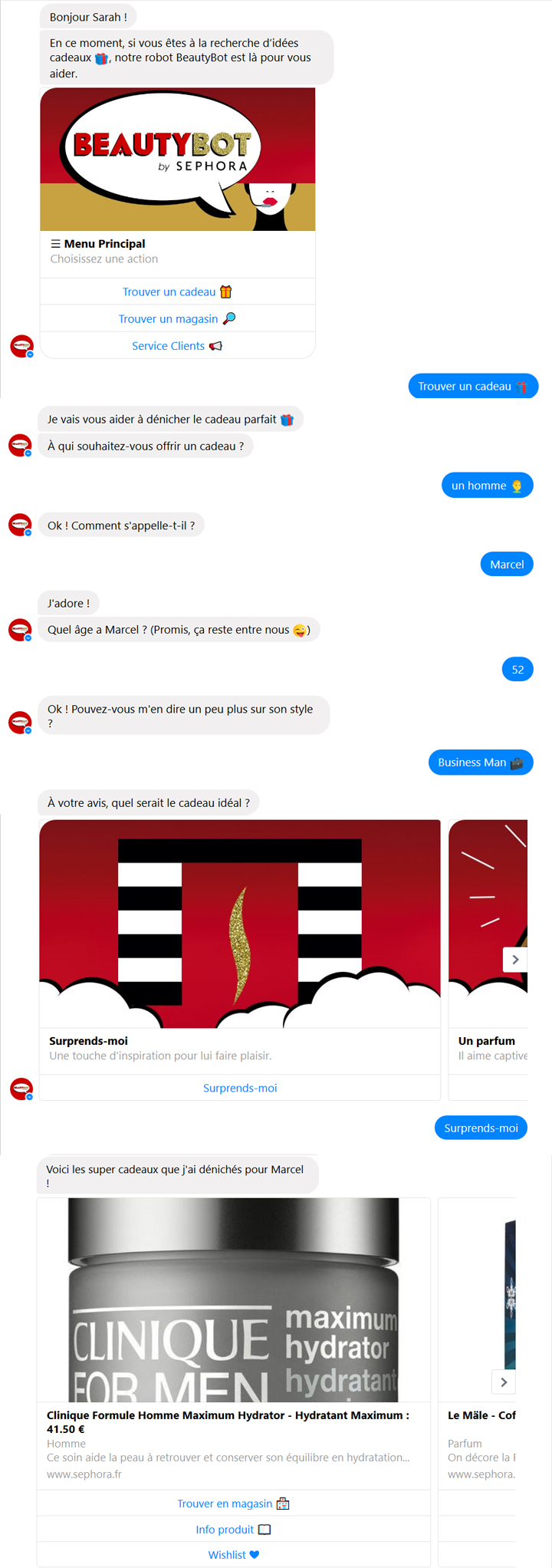
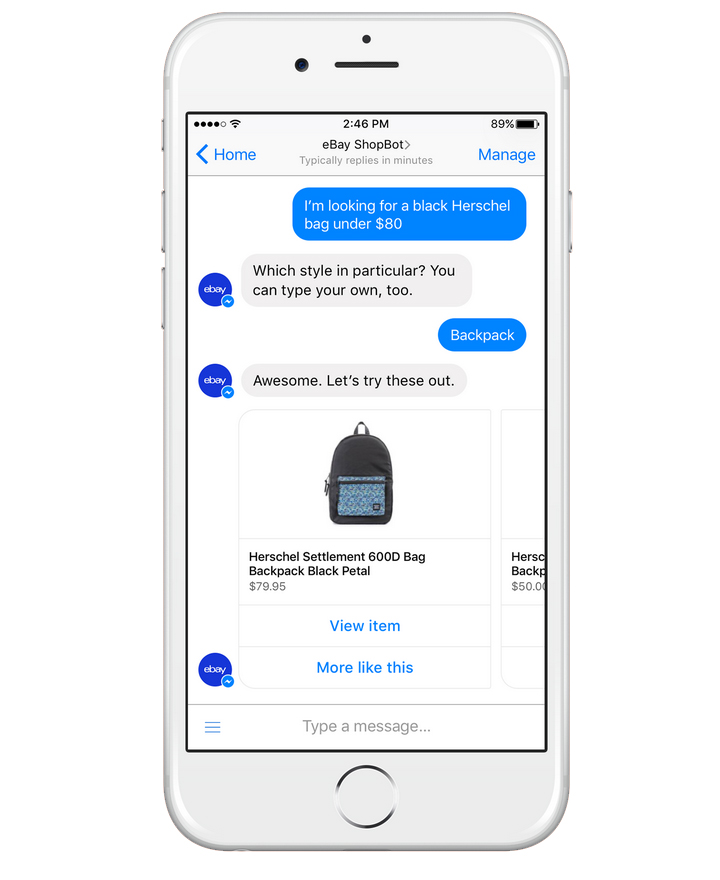
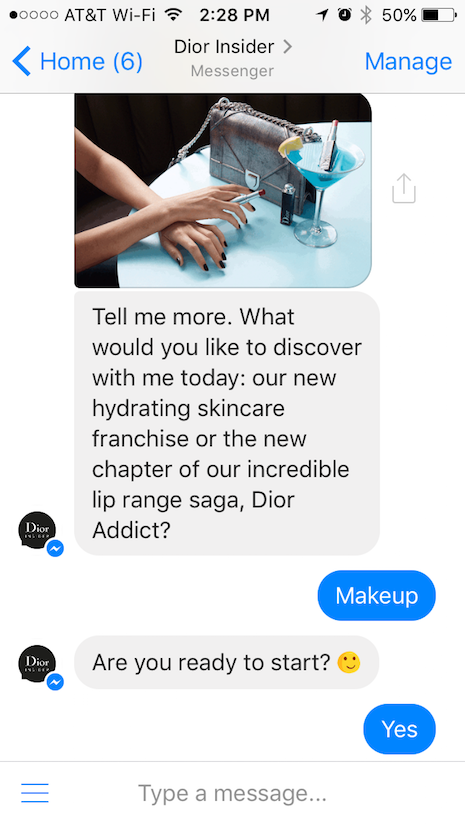
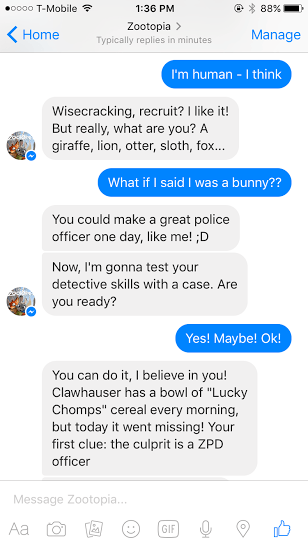
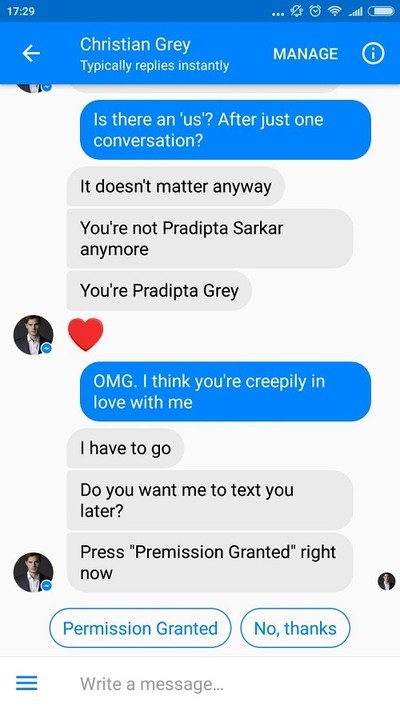
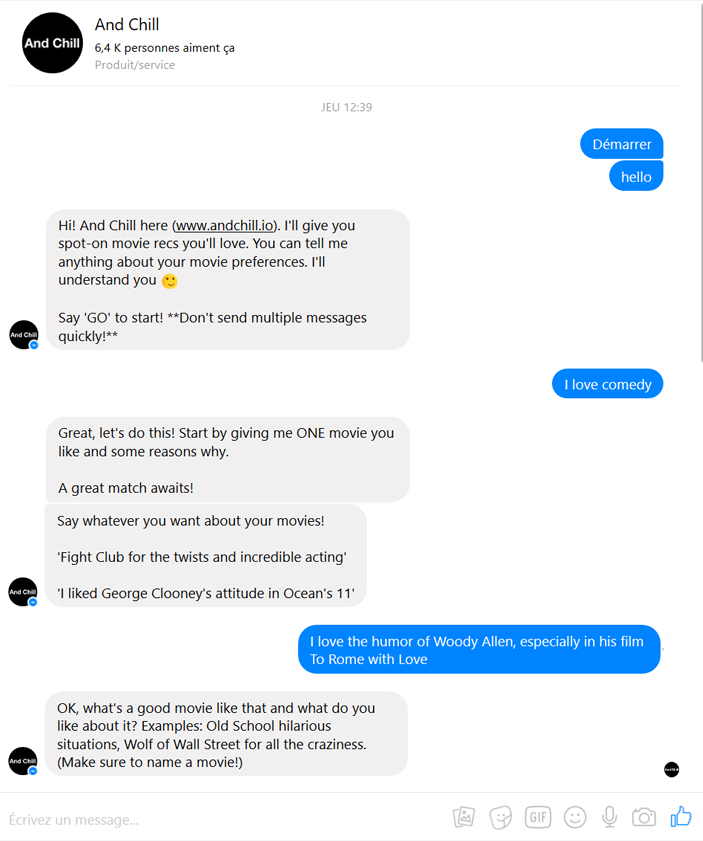








Leave a Reply
You must be logged in to post a comment.